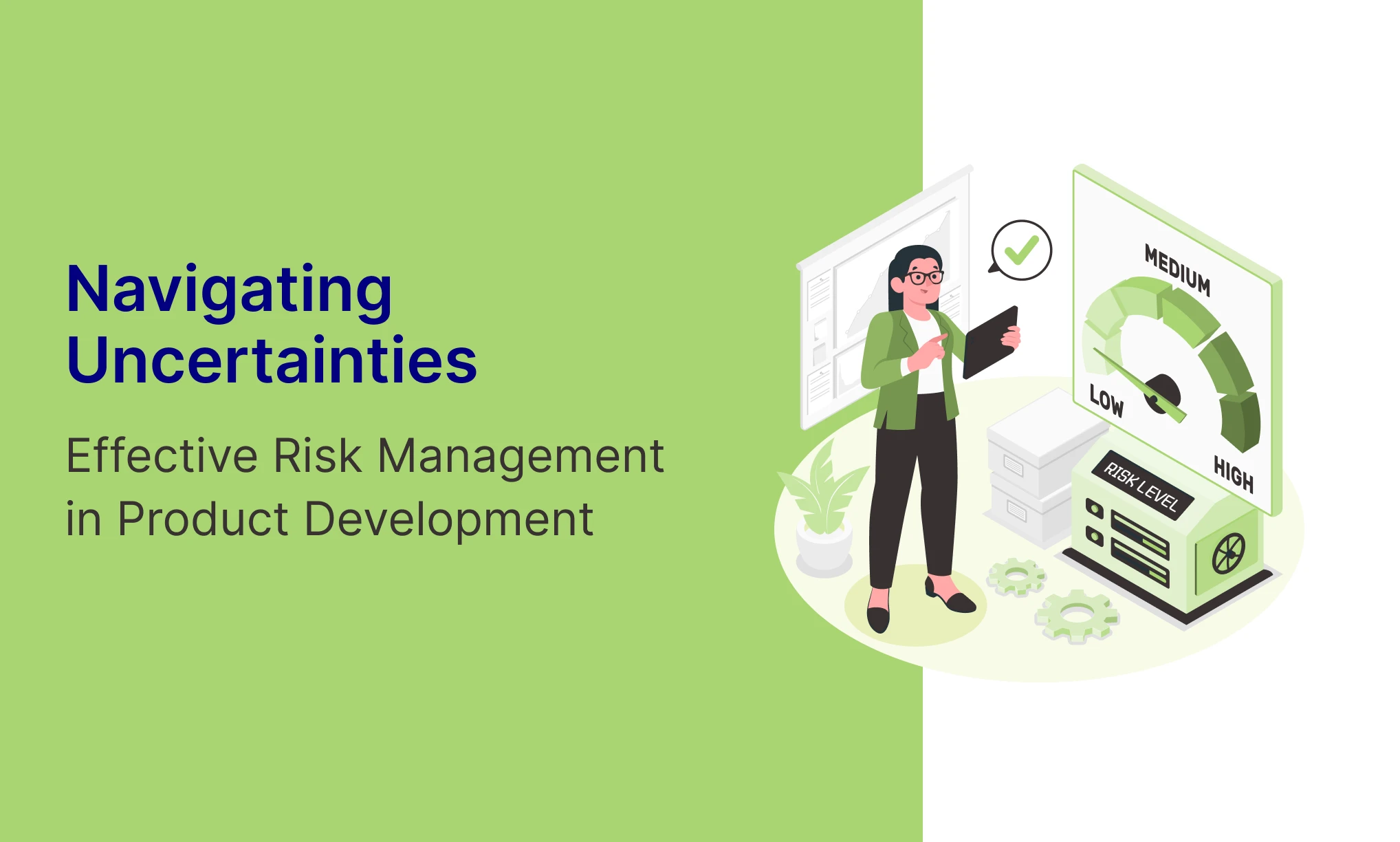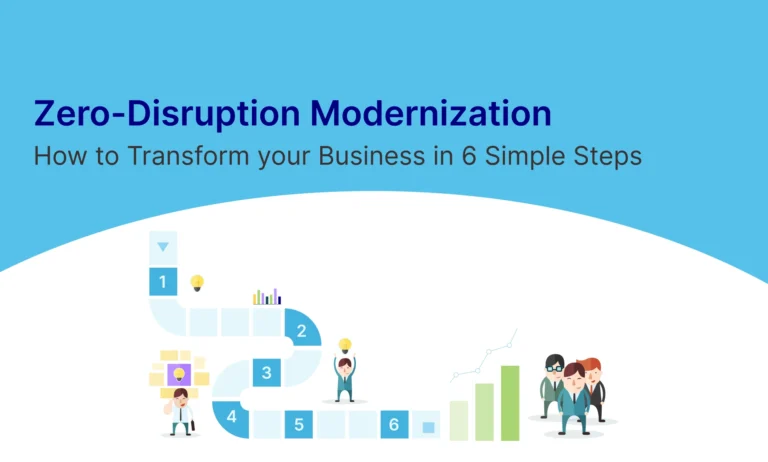Table of Contents

Abstract
The landscape of product development is marked by an ever-evolving and dynamic terrain fraught with uncertainties and challenges. This white paper is a thorough exploration of the pivotal role that effective risk management plays in ensuring the triumph of a product while averting potential setbacks. Beyond merely outlining challenges, the objective is to provide nuanced insights and strategic approaches to not only identify but proactively mitigate these challenges, thereby fortifying the product development lifecycle.
Understanding the Importance of Risk Management
Before delving into the intricacies of challenges, it is crucial to underscore the profound significance of risk management in the realm of product development. Far from being a mere procedural requirement, risk management embodies a strategic imperative. It involves a proactive methodology encompassing the identification, assessment, and mitigation of potential risks throughout the product development lifecycle. Addressing risks early on empowers product managers to enhance decision-making, diminish the likelihood of project failure, and significantly enhance the prospects of delivering a successful product to the market.
Key Challenges in Risk Management
- Lack of Comprehensive Risk Identification:
The primary challenge lies in the potential oversight of not identifying and assessing risks comprehensively. This often emanates from inadequacies in risk assessment methodologies or a dearth of cross-functional collaboration within the product team. Organizations are encouraged to develop a systematic approach that fosters diverse perspectives during the risk identification process. - Unclear Risk Ownership:
Assigning unambiguous ownership for identified risks is paramount for effective mitigation. Ambiguity regarding responsibility for specific risks can result in delays in response and resolution. To address this, it is imperative to establish clear lines of responsibility, defining who is accountable for monitoring, addressing, and escalating risks, ensuring a swift and efficient response when risks materialize. - Changing Project Scope and Requirements:
The inherent dynamism of product development subjects it to evolving market conditions, changing customer expectations, and internal organizational shifts. These changes can introduce new risks or alter the impact of existing ones, challenging the maintenance of a proactive risk management strategy. Embracing agile methodologies is recommended to foster flexibility and adaptability in response to evolving project scopes and requirements. - Insufficient Data for Risk Analysis:
Inadequate data and information pose a significant challenge to the accuracy of risk analysis. Robust risk assessments necessitate thorough data collection and analysis. Organizations should invest in advanced data collection methods and analytical tools, leveraging insights from previous projects, market research, and predictive analytics to augment the precision of risk assessments. - Overlooking External Dependencies:
In the interconnected business landscape, products often depend on external factors such as third-party vendors or regulatory changes. Failure to identify and manage these external dependencies exposes the project to unforeseen risks. Incorporating external dependencies into the risk management strategy is crucial for holistic risk mitigation.
Mitigating Risk Management Challenges
- Implementing a Robust Risk Identification Process:
Developing a systematic approach to identify and assess risks is fundamental. Encouraging cross-functional collaboration within the product team ensures a diverse range of perspectives during the risk identification process. - Clearly Defining Risk Ownership:
Establishing clear lines of responsibility for each identified risk is paramount. Defining accountability for monitoring, addressing, and escalating risks ensures a swift and efficient response when risks materialize. - Adopting Agile Methodologies:
Embracing agile methodologies allows for flexibility and adaptability in response to changing project scopes and requirements. Regularly reassessing risks and adjusting mitigation strategies aligns with evolving project conditions, fostering resilience in the face of uncertainty. - Enhancing Data Collection and Analysis:
Investing in robust data collection methods and analytical tools is indispensable. This involves leveraging data from previous projects, utilizing market research, and employing predictive analytics to elevate the accuracy of risk assessments. - Conducting Regular Risk Review Meetings:
Scheduling regular risk review meetings ensures that the team remains vigilant to new risks and adapts mitigation strategies accordingly. This ongoing assessment cultivates a proactive and responsive approach to the evolving landscape of a project.
Conclusion
In the intricate domain of product development, effective risk management transcends being a mere project requirement; it emerges as a strategic imperative. By comprehending the multifaceted challenges associated with risk management and strategically implementing proactive mitigation approaches, product managers can navigate uncertainties with unwavering confidence. This not only increases the likelihood of delivering successful and impactful products to the market but also fortifies the organization’s resilience in the face of ever-evolving challenges, ensuring sustained success in the long run.








